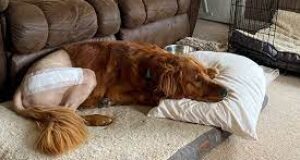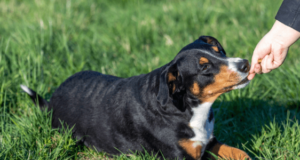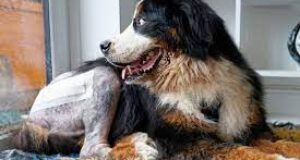Question:
After a dog hip replacement, is the journey toward recovery truly over, or is it just the beginning of a lifelong commitment?
Answer:
Think of dog hip replacement as a new dawn—a sunrise promising relief after long nights of pain. But just as the sun must be tended to with warmth and care, so must a dog’s replaced hip. The surgery may fix the mechanics, but maintaining mobility and quality of life is a continuous effort.
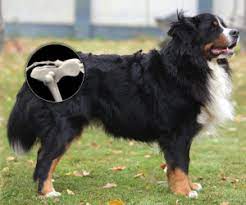
- Joint Care – “A Bridge That Needs Maintenance”
A replaced hip is like a bridge over troubled waters—strong, but only if maintained. Without proper care, wear and tear can weaken the implant. Consistent low-impact exercise (like swimming or controlled walks) keeps the artificial joint functional, just as regular upkeep prevents a bridge from collapsing. - Weight Management – “A Boat That Must Stay Afloat”
Excess weight is like overloading a boat—too much burden and it might sink. If a dog gains unnecessary weight post-surgery, the artificial hip bears the strain, reducing its lifespan. A well-balanced diet and portion control are the anchors that keep this boat steady, ensuring longevity. - Muscle Strength – “The Roots That Hold the Tree”
Imagine a tree planted in soft soil. Without strong roots, it will sway and fall despite its sturdy trunk. Similarly, an artificial hip needs strong muscles around it to support movement. Physiotherapy and light strength training act as deep roots, stabilizing the new joint and preventing future complications. - Arthritis & Inflammation – “The Shadow That Lingers”
Even after dog hip replacement, arthritis can creep in like an old ghost refusing to leave. Surrounding joints may develop stiffness, making movement painful. Anti-inflammatory supplements, regular vet checkups, and gentle massage therapy can help keep the ghost at bay, ensuring comfort in the long run. - Restricted Movements – “A Bird That Must Not Fly Too High”
Just because a dog feels better doesn’t mean it should resume leaping like a bird in open skies. High-impact activities, sudden jumps, and running on slippery floors can displace the implant, turning a healed journey into a painful setback. Controlled playtime and well-monitored activity are the golden rules to follow. - Regular Vet Checkups – “A Lighthouse in the Fog”
No matter how calm the sea appears, a sailor still needs a lighthouse to guide the way. Post-hip replacement, periodic vet visits act as that guiding light, ensuring the implant remains secure, bones stay strong, and potential complications are caught before they become storms.
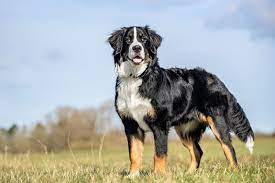
A Journey, Not a Destination
Dog hip replacement is not the end of the road but the beginning of a new journey. Like a delicate rose garden, it requires constant care, timely pruning, and protection from storms to thrive. With the right approach, a dog can enjoy years of mobility, comfort, and happiness. And after all, if a phoenix can rise from the ashes, why can’t a once-crippled dog dance in the fields again?


